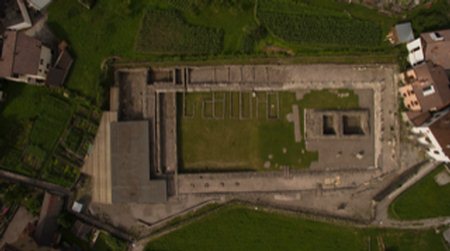The ancient Iulium Carnicum today known as Zuglio
Like Valle d’Aosta, Carnia in Friuli Venezia Giulia. Two important regions both for the ancient Romans and important crossroads at the time for the control of the rest of Europe. Gaul from Valle d’Aosta, Norico from Carnia. And if the Roman traces in Aosta and in the rest of the region are well known and visible, those that are less known and still to be discovered are those of Zuglio, at the time of the Empire an important town, known by the name of Iulium Carnicum, which grew thanks to the fact of being on the then Via Iulia Augusta, the road that connected the well-known Aquileia with the Noricum, precisely, that is beyond the Alps.
Zuglio was most likely founded in the period of the proconsulate of Julius Caesar, or between 58 and 49 BC It never reached the glories of Aquileia, capital of Regio X Venetia and Histria, but it was undoubtedly an important Roman settlement in Friuli Venezia Giulia . This is also demonstrated by the presence of the Roman Forum, the social, political and administrative center of the time.
The rectangular square of the Forum is still visible today, with the remains of the temple placed towards the northern end and the civil basilica arranged to close the southern side. It was probably built in the Augustan age and was brought to light during the first regular excavations begun in Zuglio in 1800, at the behest of the War Commissioner of the Kingdom of Italy.
On the three sides there were raised arcades, where the various activities took place. The Civic Archaeological Museum, located in the municipality, today collects numerous finds from excavations and allows you to reconstruct the history of this ancient center. Zuglio was a fundamental stop for those who had to reach Norico, the area corresponding roughly to present-day Austria, crossing the Pass of Monte Croce Carnico. Here, on this itinerary, you can still find some Roman inscriptions, bearing the indications. The peaks of the Alps that overlook the Pass then became sadly famous for the fighting that took place during the First World War. It is worth remembering that there are many more Roman traces which can still be seen in Friuli Venezia Giulia, from the Roman Theater of Trieste to the Terme di Monfalcone.
editorial board
.

